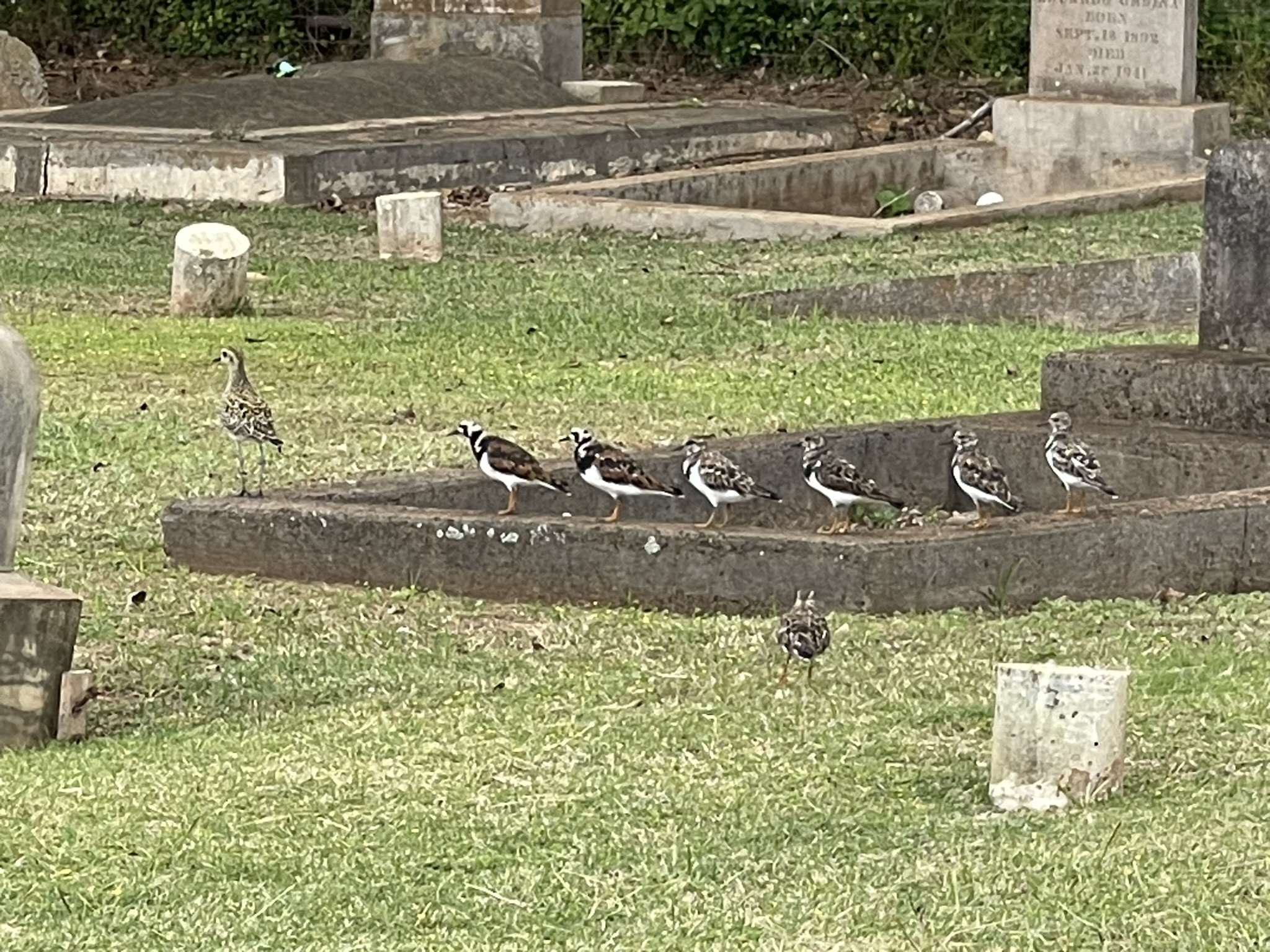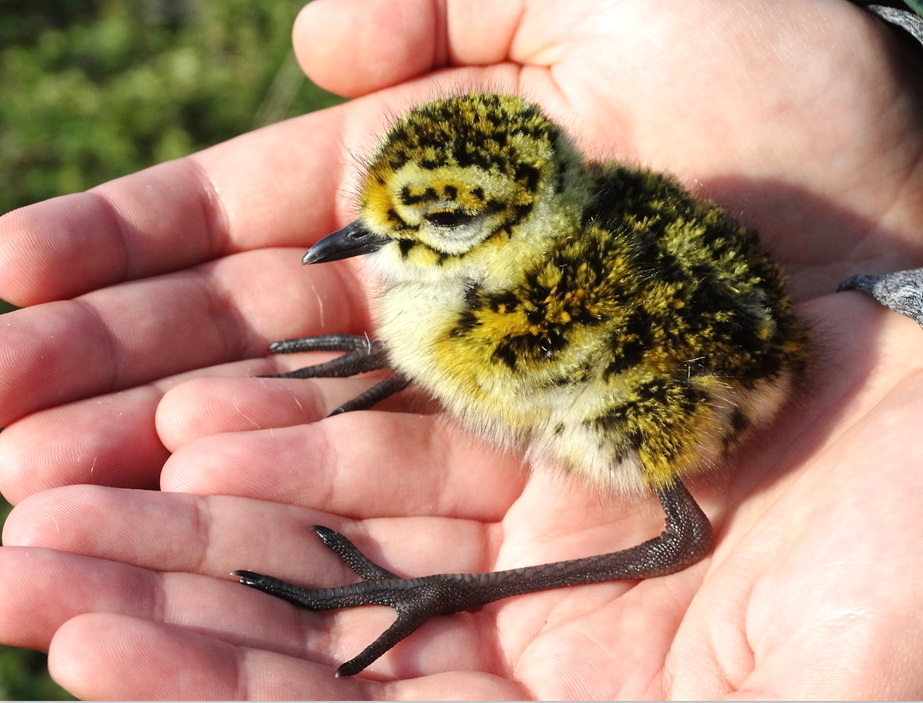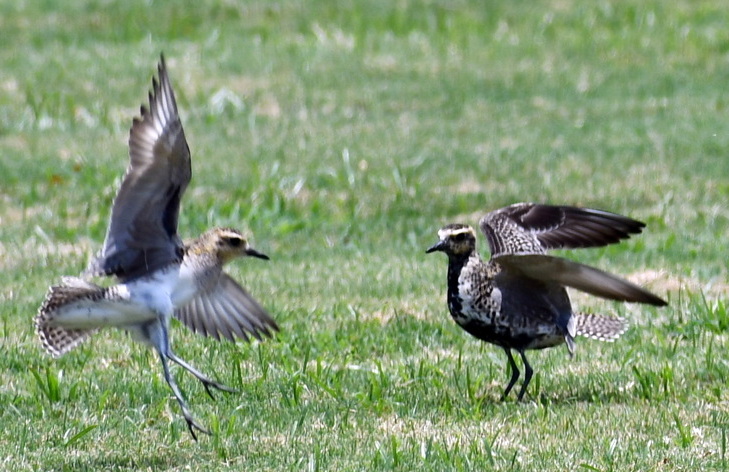
Count me in. please. ©Tom Fake
November 22, 2024
December 1st starts this winter’s annual kolea count. On this site’s contact tab, please tell me where you want to count and I’ll sign you up. I created these counting sites from maps but you can count anywhere you live, work, or walk. I enjoy driving to new places to count kōlea. It gives me mini-outings on my own island.

This kōlea seems to be leading a parade of ʻakekeke, or ruddy turnstones. The species often forage together. Puʻuiki Cemetery in Waialua is one of the places I count. ©Susan Scott
Although our plovers have been arriving in Hawaiʻi since August, we start the count in December to give the summer’s offspring time to get settled and get counted.
Chicks hatched on the Alaska tundra in late June/early July forage for insects and berries there as long as weather permits, sometimes as late as November. When the snows fall, the kids head south. Alone. How kōlea and other migratory shorebirds find Hawaiʻi, or any other Pacific Islands, is one of nature’s miracles.

A newly hatched kōlea chick in Alaska. Legs are adult-sized at hatching. ©Wally Johnson

Shorebird parents don’t feed their chicks but follow the youngsters as they forage. Parents sit on their chicks to warm them when weather turns stormy. ©Wally Johnson
Not all offspring survive the journey, and some that do run into trouble when they land in a territory established by an adult. Young birds that find their own space, and make it through the winter are hardy survivors. E komo mai, kids.

When this young plover (left) trespassed on another’s patch, the established owner put up a fight. The squabble occurred in Punchbowl Cemetery. The newcomer moved on. (First year birds have no breeding colors.) ©Susan Scott
You can’t do this wrong. Besides helping gather data about the birds, counting kōlea gives us special moments to appreciate the marvel we call kōlea.
